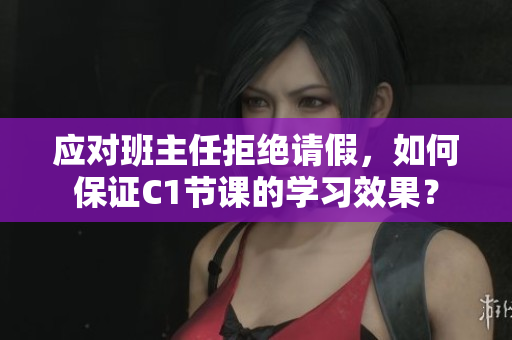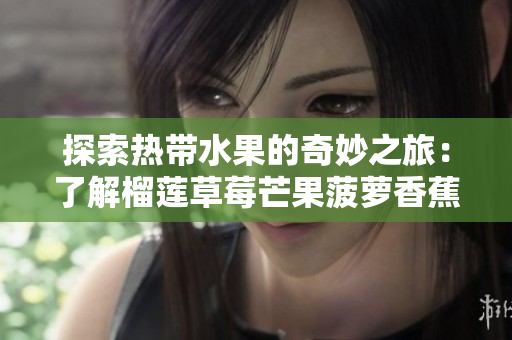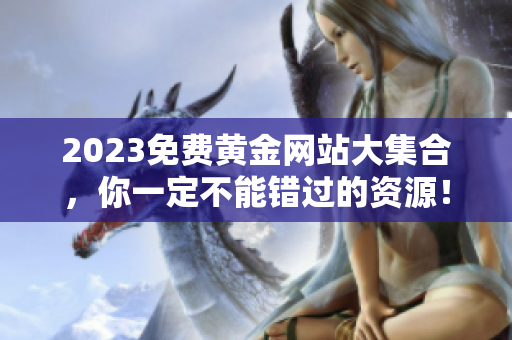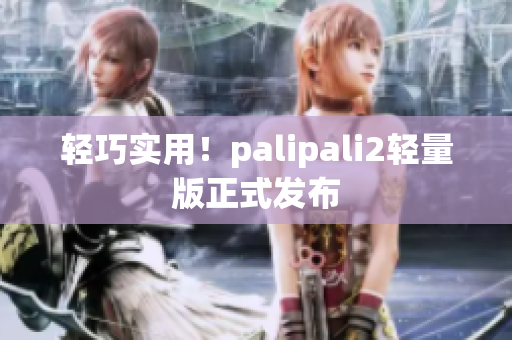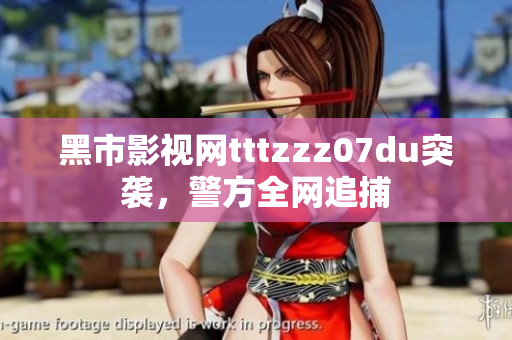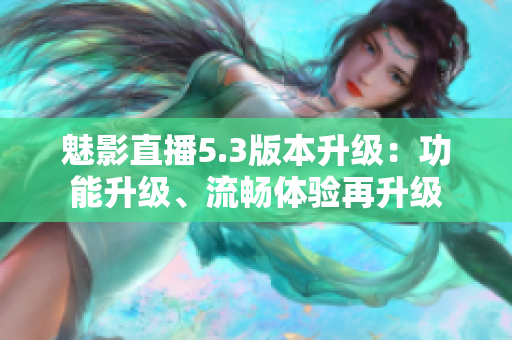Introduction
Western art has been revered for centuries for the cultural and artistic riches it has given the world. From masterpieces such as the Mona Lisa to the Sistine Chapel, these art pieces are timeless and have had a tremendous impact on the artistic genres that followed. However, in modern times, the world has also witnessed a tech revolution. With 5G technology, a new era of communication has begun, bringing with it unparalleled opportunities for growth and development. But what happens when the demands of technology clash with our reverence for artistic traditions? This article will explore this increasingly relevant topic.
The 5G Dilemma for Traditional Art
The rise of 5G technology has revolutionized the way we connect with each other and the wider world. But, it has also created a new dilemma for traditional art: how to preserve its relevance in a world of rapid technological change. The challenge is twofold: on one hand, the traditional art industry is finding it challenging to stay relevant in a rapidly changing world. On the other hand, 5G technology is ushering in new opportunities for creativity, and there is a danger that these new opportunities may overshadow traditional art forms.
The Role of Education in Bridging the Gap
Traditional art stands at risk of losing its relevance in the face of 5G technology. However, this does not have to be the case. Education has an important role to play in bridging the gap between traditional art and technology. By teaching young people about the different artistic styles and the cultural significance of traditional art, we can create a new generation of art lovers who understand and respect the role of traditional art. Additionally, technology can be used as a tool to enhance the learning experience, using digital platforms to make traditional art more accessible to young people.
The Ethical Concerns of Gamification
Gamification, the process of turning tasks into games, has taken the world by storm. From fitness apps to educational software, gamification makes tedious tasks far more engaging and thus increases the likelihood of success. However, in recent years, there has been increasing concern about the ethical implications of gamification. Some developers have been accused of exploiting psychological vulnerabilities to increase profits, using techniques such as loot boxes and microtransactions to keep players hooked. This is a worrying trend, and we must be vigilant to ensure that gamification is used ethically.
The Importance of Fairness in Education
Education is important to preserve the relevance of traditional art in a 5G world. However, it is essential that this education is delivered in a fair and transparent way. Unfortunately, this is not always the case, and there have been allegations of cheating and corruption in some educational institutions. As educators, we must ensure that the learning experience is free from any form of favoritism or discrimination. We must also ensure that students from all backgrounds have access to quality education, regardless of their financial status or social standing.
The Stigma of Southeast Asian Art
Southeast Asian art is a diverse and vibrant genre, but it is often stigmatized and misunderstood in the wider world. This is a shame, as Southeast Asian artists have created some of the most beautiful and imaginative works of art in history. The root cause of this stigma is a lack of understanding and exposure to the genre. By showcasing more Southeast Asian art through exhibitions and educational initiatives, we can help to break down the stigma and give the genre the respect and recognition it deserves.
Conclusion
Technology and traditional art can coexist peacefully. Education, fairness, and ethical considerations are all critical components in ensuring that technology is a tool that enhances rather than replaces traditional art. By embracing these principles, we can create a world where technology and traditional art can thrive together, ensuring that future generations will appreciate the beauty and significance of both. As for Southeast Asian art, the key is exposure, and by raising awareness of the genre, we can ensure that it is no longer stigmatized and overlooked in the wider world.

